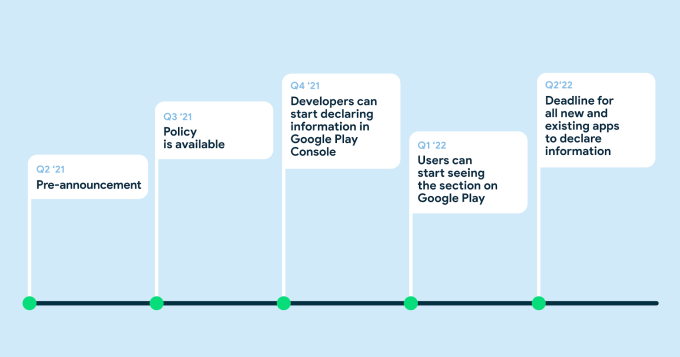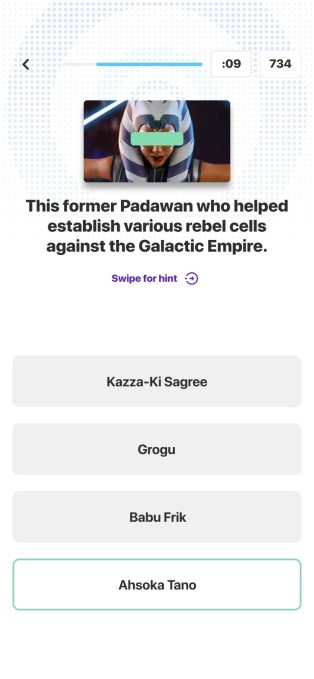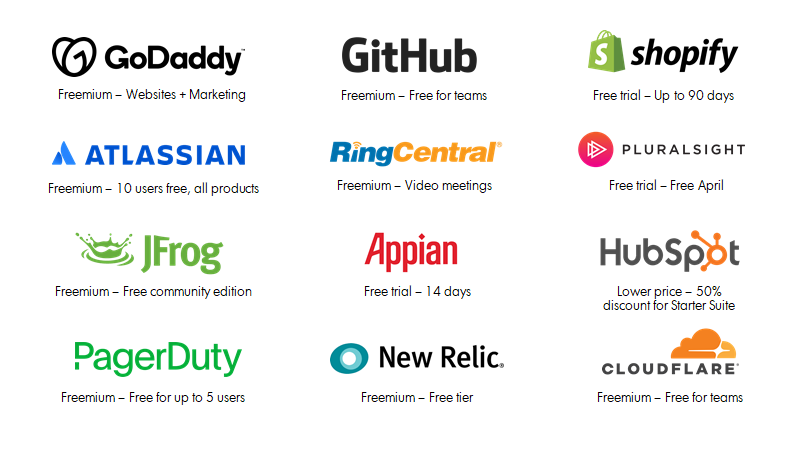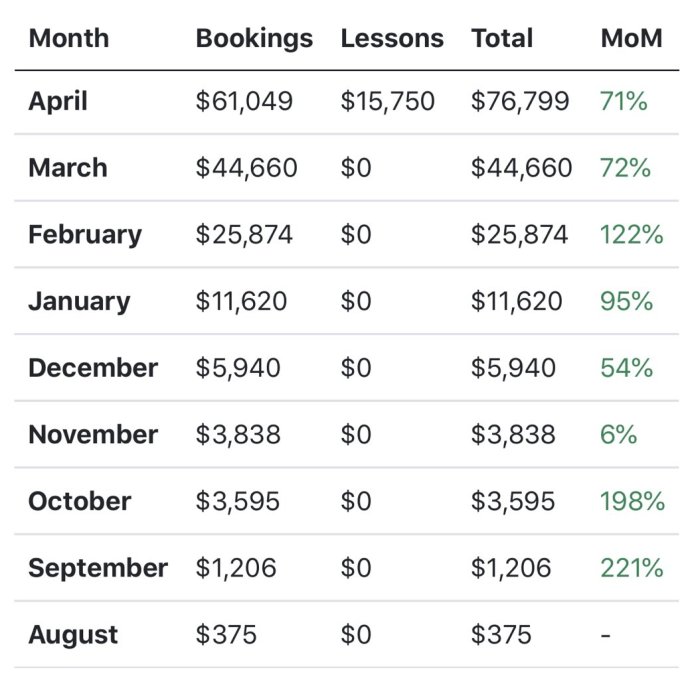News: Virgin Orbit’s LauncherOne is returning to space in June
Orbital launch company Virgin Orbit has scheduled its next mission to space. Virgin Orbit will be returning its LauncherOne rocket to orbit in June to deliver payloads for the U.S. Department of Defense Space Test Program, SatRevolution, and the Royal Netherlands Air Force. The manifest includes three CubeSat satellites as part of the DoD’s Rapid
Orbital launch company Virgin Orbit has scheduled its next mission to space.
Virgin Orbit will be returning its LauncherOne rocket to orbit in June to deliver payloads for the U.S. Department of Defense Space Test Program, SatRevolution, and the Royal Netherlands Air Force.
The manifest includes three CubeSat satellites as part of the DoD’s Rapid Agile Launch Initiative; a CubeSat satellite called BRIK II, Norway’s first military satellite to go to space; and two optical imaging satellites from SatRevolution for Earth observation. DoD awarded the launch to Virgin Orbit’s defense-focused subsidiary VOX Space last April.
LauncherOne will take its payload to a target orbit of around 310 miles above Earth.
This will be the LauncherOne’s first take-off since a demonstration mission in January, during which the LauncherOne carried satellites to low Earth orbit on behalf of NASA. That most recent demonstration was the first time Virgin Orbit proved that its unique hybrid aircraft/orbital rocket system actually works. The first try, which took place in May of last year, ended after the rocket initiated an automatic safety shutdown after detaching from the Boeing 747 that takes it to launch altitude.
The mission will be conducted from the Mojave Air and Space Port in California on a yet-to-be-announced date in June. The rocket will be shipped out to the Mojave site “in the coming days” for prelaunch operations, the company said. Virgin Orbit will offer a public livestream of the mission on its website.
Virgin Orbit is part of a small cohort of private orbital launch companies that have actually sent payloads to space. As opposed to providers like SpaceX, which uses massive rockets similar to legacy designs from agencies like NASA, LauncherOne is essentially a 747 that’s been retrofitted with a rocket. Besides being smaller and able to take off from traditional airplane runways, the 747 saves on costs by being completely reusable.
Virgin Orbit was spun out of Virgin Galactic in 2017, with the latter focusing exclusively on commercial human spaceflight services. In homage to its beginnings as a humble record company, the mission has been christened “Tubular Bells, Part One,” so named after the first track on the first album ever released by Virgin Records.






